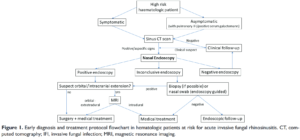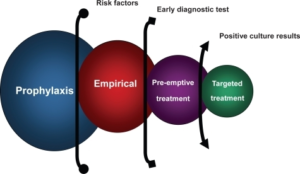Submitted by GAtherton on 30 August 2017
Bone marrow transplants are often used as part of the treatment for some types of leukaemia & lymphoma. As with all transplants a tissue match with the recipient is needed and this is a major limitation, slowing the process down in some cases until a suitable donor is located and tissue is obtained.
There is an alternative to using a donor as doctors can use a sample of the patient’s own stem cells but this is also a long process – and as with many cancers minimising time spent prior to treating the cancer is important to optimise outcomes.
Part of the process of treating the cancer is to remove all of the patients own blood stem cells, thus removing the source of cancerous cells but at the same time removing a large part of the patients ability to fight off infection. There is a period of time – often a week or two when the patient is very vulnerable to infection. Antibiotics are used to treat bacterial infections very effectively but deep tissue infection (i.e. of the lungs) by a fungus such as Aspergillus fumigatus is far more difficult to treat. Only 40% of patients fully recover from such an infection.
Consequently it is encouraging to read this article on research that is attempting to source new blood stem cells from cells already in the patients body names Hu-PHEC cells. These eminate from a very early time in our foetal development and can by themselves produce new blood cells, replacing the bone marrow of the patient. If these cells can be produced more quickly in larger numbers compared with the patients own stems cells then they could be a valid alternative to current therapy, shortening the period of time that the patient spends unable to fight off infection, reducing the time they are vulnerable to serious fungal infections.
The article also mentions that work is underway to reduce the impact of chemotherapy on the patient’s immune system. If they succeed in targetting the chemotherapy to only attack cancerous cells they will also effectively reduce vulnerability to serious fungal infections, reducing mortality. Thus far progress is encouraging but only so far tried in animal trials. Human trials are to begin within two years.
News archives
-
Title
Date

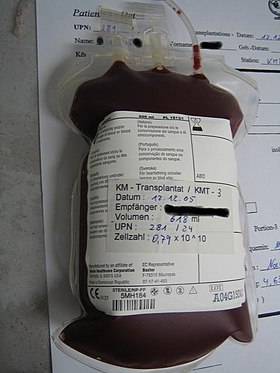
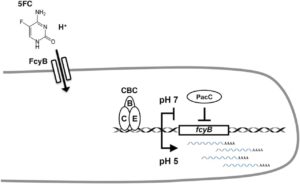
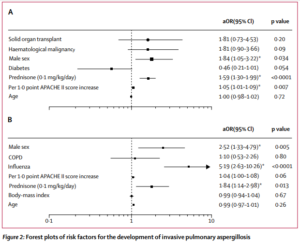

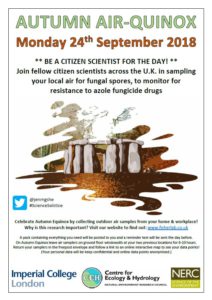

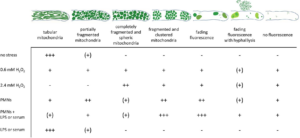
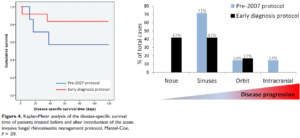 ,
, 